14 Best Stocks to Capitalize on Renewable Energy

14 Best Stocks to Capitalize on Renewable Energy
Enormous growth potential
Over the last five years, global enterprises have spent a staggering $1.5 trillion to build more renewable energy-generating capacity. Those investments added 1 million megawatts of new power supply. However, even with all that investment, wind and solar power are still less than 10% of the global total.
Because of that, the renewable energy sector has lots of running room to keep growing. According to one estimate, more than $10 trillion of investment is needed to transition developed economies from fossil fuels to renewables. This outlook suggests that companies focused on renewables could reap big future gains. The following 14 stocks appear to be best-positioned to capture the growth potential of the renewable energy sector.
Previous
Next

1. Atlantica Yield (NASDAQ: AY)
Atlantica Yield is a diversified infrastructure company. It operates a portfolio of wind, solar, and cleaner-burning natural gas power plants, electricity transmission lines, and water desalinization facilities. The company signs long-term, fixed-rate contracts with customers for the power and water it produces as well as for capacity on its transmission lines. Those agreements provide it with predictable cash flow, the bulk of which it returns to investors via a dividend that currently yields 6.7%.
The company expects to have the power to increase that payout at an 8% to 10% annual rate through at least 2022. One driver of that growth is its strategic relationship with Algonquin Power & Utilities, which includes both partnership investments and acquisition opportunities. Atlantica's blend of yield and growth make it a lower-risk way to invest in the sector.
Previous
Next
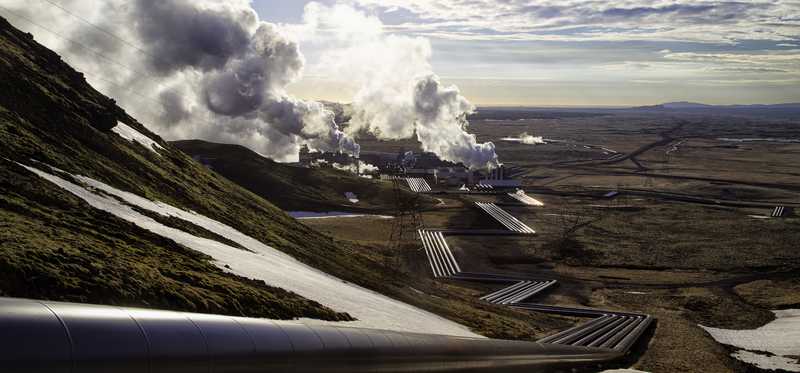
2. Berkshire Hathaway (NYSE: BRK-A)(NYSE: BRK-B)
Warren Buffett’s Berkshire Hathaway has made a big bet on renewables over the years. The company’s energy segment owns one of the largest renewable energy portfolios in the U.S. at 3,677 megawatts (MW) of capacity and includes wind, solar, hydro, and geothermal facilities. These assets currently supply 43% of the power it distributes to customers via its utilities.
That number should continue to rise in the coming years given Berkshire’s unparalleled financial resources. The company ended the second quarter with a jaw-dropping $122.4 million of cash. That provides Berkshire with a huge war chest to invest in any number of opportunities, including building additional renewable energy-generating capacity.
Previous
Next
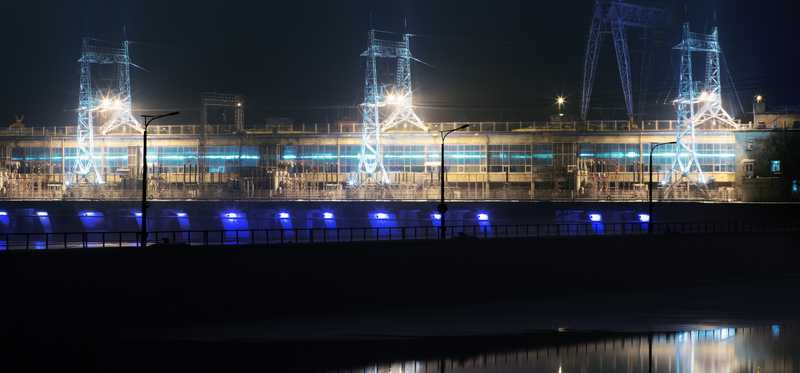
3. Brookfield Asset Management (NYSE: BAM)
Brookfield Asset Management shares many similarities with Buffett’s Berkshire Hathaway. Not only is it a value investor with a diversified portfolio of businesses, but it also made a big bet on renewables. The company and its institutional partners have invested $47 billion to build and buy 940 renewable power generating facilities in North and South America, Europe, India, and China. Brookfield’s diversified portfolio includes hydro, wind, solar, and storage assets, which have the capacity to produce 18,100 MW of renewable energy. It primarily owns these assets through its interests in affiliates Brookfield Renewable Partners (NYSE: BEP) and TerraForm Power (NASDAQ: TERP). With its global scale and financial firepower, Brookfield Asset Management is well-positioned to continue capturing the growth of the renewable power sector.
Previous
Next
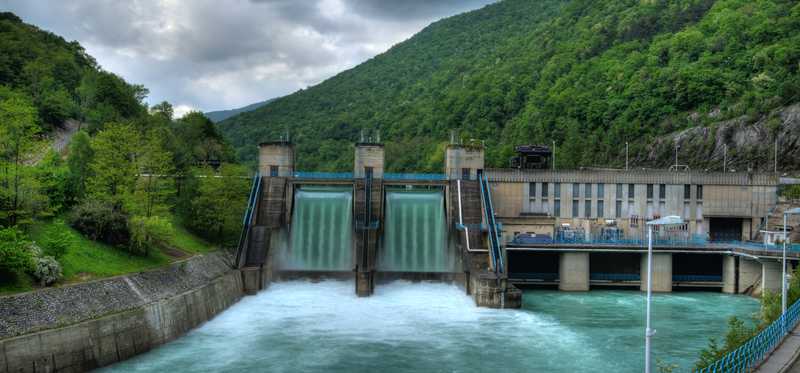
4. Brookfield Renewable Partners
Brookfield Renewable Partners is one of two clean energy-focused affiliates managed by Brookfield Asset Management. This namesake entity is a global leader in hydropower, which comprises 75% of its 17,500 MW portfolio. The company largely built that portfolio via acquisition, with it focusing on buying high-quality assets from financially weaker companies at value prices.
While Brookfield Renewable intends on continuing with that strategy, it has also ramped up its development activities. It recently invested in a solar development company, which aims to build 500 to 800 MW of new capacity annually over the next five years. That’s in addition to the 1,000 MW of wind, solar, hydro, and storage it already planned to build. Because of that, Brookfield Renewable expects to grow its cash flow per share at a 6% to 11% annual pace through 2022. That should enable the company to increase its 5.3%-yielding dividend at a 5% to 9% annual rate during that timeframe, making it an ideal option for income-focused investors.
Previous
Next
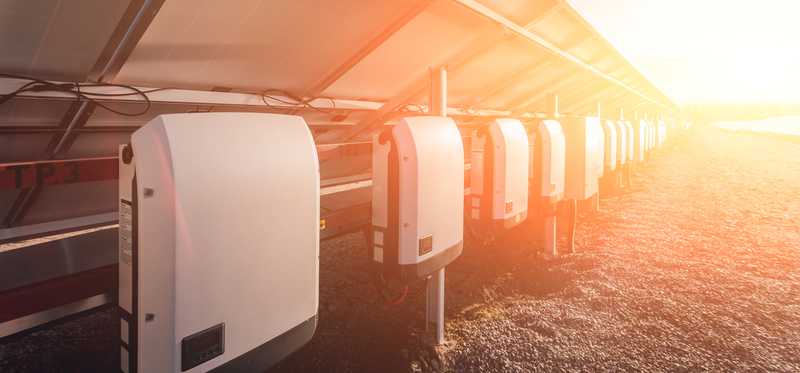
5. Enphase Energy (NASDAQ: ENPH)
Enphase Energy makes microinverters that convert the DC electricity produced by solar panels into usable AC power. The company’s microinverters are the most efficient way of making this conversion. Enphase Energy has worked to make its microinverters even more efficient and cost-competitive with other solutions. The company is currently developing an even smaller and more powerful microinverter that will be ideally suited for energy storage applications. With new products on the way, a focus on improving profitability, and lots of growth potential in the solar sector, Enphase Energy appears well-positioned to capitalize on the industry in the coming years.
Previous
Next

6. First Solar (NASDAQ: FSLR)
First Solar is a leader in developing thin-film solar panels. While these panels aren’t as efficient as traditional silicon-based ones at converting the sun’s rays into electricity, they’re cheaper on a cost-per-watt basis. Because of that, and their larger size, they’re ideally suited for utility-scale solar projects.
First Solar has become a leader in that sector by investing heavily in research and development to increase efficiency and lower costs. Its latest innovation, the Series 6 module, launched last year and has been selling at a brisk pace. It has plenty of firepower to continue investing in new products because it has the best balance sheet in the solar sector with $1.7 billion of net cash.
Previous
Next
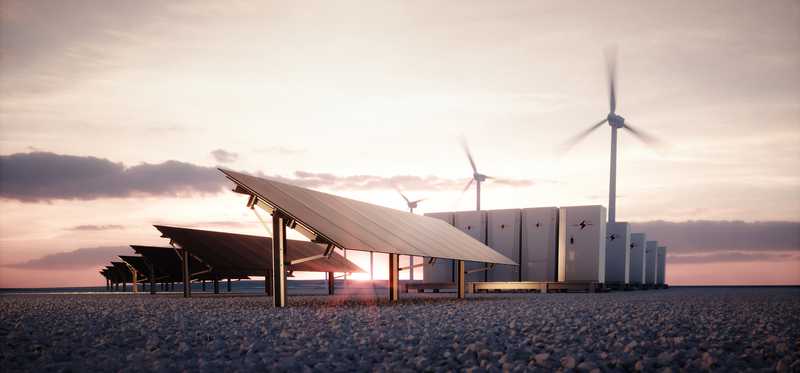
7. NextEra Energy (NYSE: NEE)
NextEra Energy is the world’s largest producer of wind and solar energy. The company operates two Florida-based utilities (Florida Power & Light and Gulf Power) and a competitive electricity generating business that sells power to end-users like other utilities. That entity, Energy Resources, operates roughly 18 GW of wind and solar power generating capacity, including assets owned by its MLP NextEra Energy Partners (NYSE: NEP).
NextEra expects to invest an industry-leading $50 billion to $55 billion on new infrastructure investments through 2022, including building 11.7 GW of new renewable energy capacity within its Energy Resources segment. Those investments should enable the company to grow its earnings per share at a 6% to 8% annual rate over that timeframe, which should support continued dividend increases.
Previous
Next
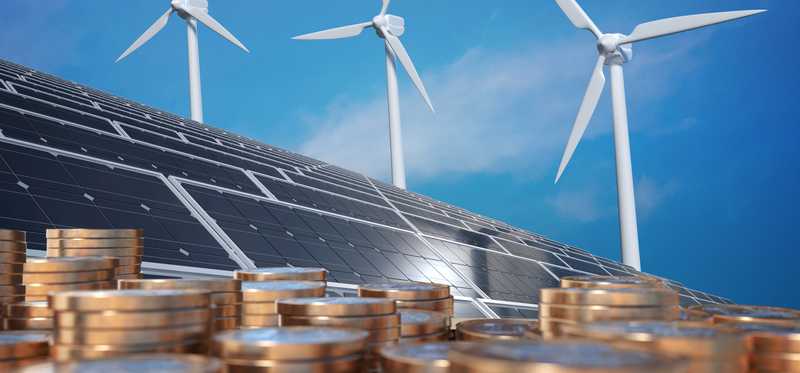
8. NextEra Energy Partners
Given the amount of money NextEra needs to fund its ambitious renewable-focused growth plan, it created NextEra Partners as a vehicle to support its expansion. NextEra sells clean energy assets (wind farms, solar projects, and natural gas pipelines) to NextEra Energy Partners for cash. It reinvests that money into new opportunities while NextEra Energy Partners uses the cash flow to grow its high-yielding dividend at a fast pace. The companies currently believe that they can complete enough deals to help power 12% to 15% annual growth in NextEra Energy Partners' dividend through 2024.
Previous
Next
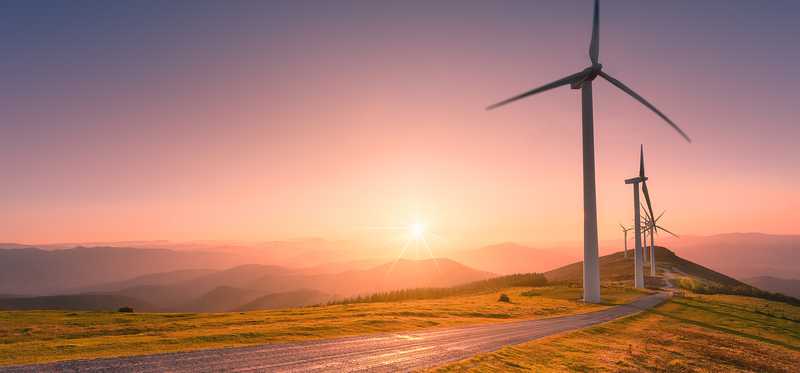
9. Pattern Energy (NASDAQ: PEGI)
Pattern Energy currently operates 2.8 GW of renewable energy capacity in the U.S., Canada, and Japan, primarily consisting of wind farms. The company sells the power these assets produce under long-term, fixed-rate contracts, which enables it to generate predictable cash flow. It returns the bulk of that money to investors via a 6.3%-yielding dividend. Pattern Energy has primarily expanded its portfolio over the years through internally sourced growth opportunities. It invests in development companies that build new wind farms and solar projects and then acquires interests in those facilities to grow its cash flow. The company currently has an identified list of 845 MW of potential acquisitions, which could increase the capacity of its portfolio by 30%. That deal pipeline supports Pattern Energy's view that it can grow cash flow per share at a 10% compound annual rate through at least 2020.
ALSO READ: Pattern Energy Group Is Off to a Solid Start in 2019
Previous
Next

10. TerraForm Power
TerraForm Power is another renewable power company controlled by Brookfield Asset Management. It mainly focuses on operating wind and solar assets in North America and Western Europe. Like its sibling Brookfield Renewable Partners, TerraForm’s primary growth driver is acquisitions. Since Brookfield took control in 2017, the company has made two large-scale deals: A platform of solar assets in the U.S. and a western European wind and solar power company. TerraForm’s strategy is to acquire renewable power facilities at value prices and leverage its larger scale to improve profitability. The deals it completed in the past year should give it the power to increase its 4.7%-yielding dividend at a 5% to 8% annual rate through 2022.
Previous
Next
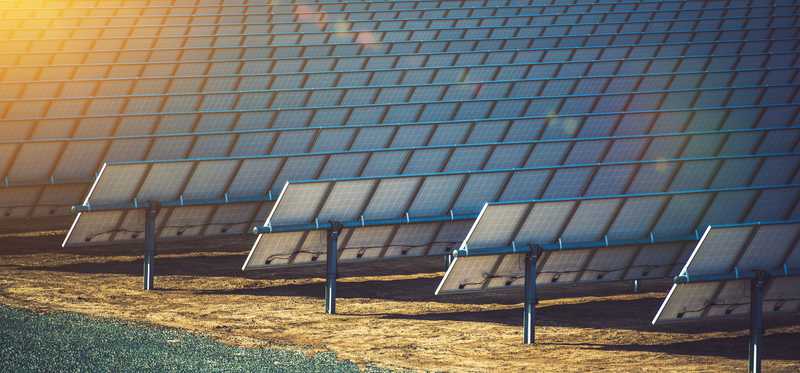
11. SolarEdge Technologies (NASDAQ: SEDG)
SolarEdge developed a power optimizer that makes it easier for an inverter to turn the DC electricity produced by a solar panel into AC power. This system costs less than a microinverter made by a company like Enphase Energy, but it’s not as efficient.
The projected growth in solar panel installations alone makes SolarEdge an attractive investment option since it should power demand for its power optimizers. However, the company has enhanced its appeal by making acquisitions to capture adjacent market opportunities like energy storage and electric vehicle recharging. That increases its growth prospects, making it an even more compelling opportunity in the sector.
Previous
Next
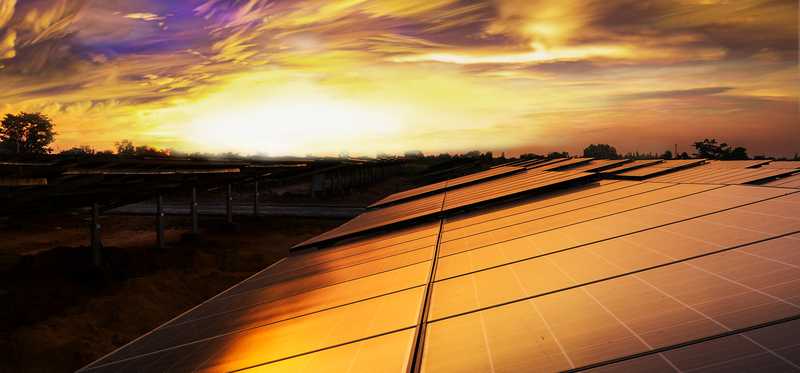
12. SunPower (NASDAQ: SPWR)
SunPower is a leader in developing the most efficient and highest performing solar power systems. Unlike First Solar, which primarily focuses on utility-scale solar applications, SunPower’s core market is distributed generation (DG). These systems are near end-users (i.e., rooftop solar and ground-mounted systems close to commercial buildings).
The company has shifted its focus towards the DG market because it's expanding at a faster rate, has higher margins, and quicker turnaround times than utility-scale projects. As a result of this shift, SunPower believes it can grow its revenue at a 10% to 20% compound annual rate in the coming years, which should support double-digit yearly earnings growth.
Previous
Next
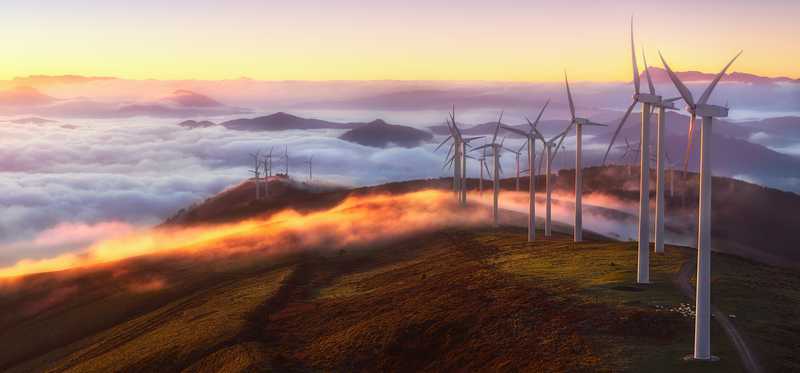
13. Vestas Wind Systems (OTC: VWDRY)
Vestas Wind Systems is one of the world’s largest wind turbine makers. To date, the company has installed 105 GW of wind turbines in 80 counties, which is 17% more capacity than its nearest rival. In addition to manufacturing and installing turbines, the company also services them through long-term contracts. Those agreements provide it with a steady revenue stream as well as a mountain of data that it leverages to drive further improvement.
While the company holds a leading position in the onshore wind market, it aims to increase its share of the offshore segment by growing a joint venture it created in 2014. It wants to double this business over the next four years to increase its profitability. Add that to the steady growth expected from its onshore operations, and Vestas has lots of upside potential as the renewable sector continues expanding.
Previous
Next

14. Xcel Energy (NASDAQ: XEL)
Xcel Energy operates four utilities across eight states that have 18 GW of power-generating capacity. Currently, coal and natural gas produce 60% of its electricity while renewables only supply 22%. However, Xcel Energy has a bold plan to shift that balance in the coming years so that renewables will generate 60% of its power by 2030. That’s part of the company’s bold goal to be 100% carbon-free by 2050.
Xcel Energy’s plan is not only good for the environment but also its investors. The company expects that its investments in renewables will grow its earnings per share at a 5% to 7% annual pace through at least 2023. That should support a similar growth rate in the company’s 2.5%-yielding dividend. This outlook puts it on track to generate total annual shareholder returns in the 8% to 10% range, making it a lower-risk way to invest in the growth of renewable energy.
Previous
Next
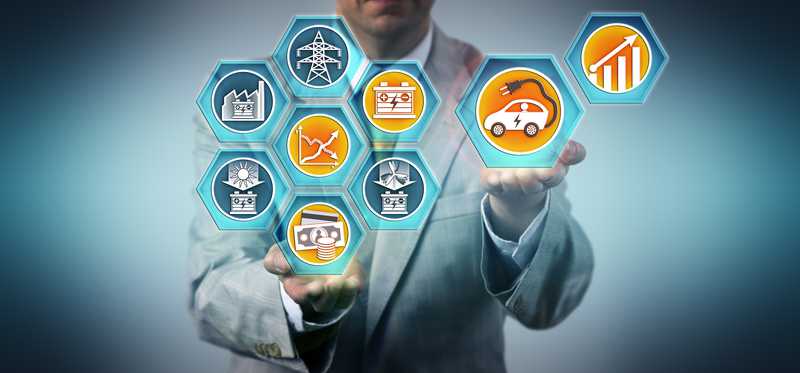
The best way to play the renewable energy opportunity
Many companies appear strongly positioned to succeed as the pace of investments in renewables accelerates in the coming years. However, not all will be able to create value for their shareholders due to competition, financial pressure, and other issues. That’s why investors should consider taking a basket approach to the renewable energy sector by investing in several companies. Pairing a financial investor like Berkshire Hathaway, for example, with a yield-focused investment such as Atlantica Yield and a component manufacturer like Vestas Wind Systems would give investors broad exposure to the sector while reducing risk. That increases the probability of cashing in on this emerging industry.
Matthew DiLallo owns shares of Berkshire Hathaway (B shares), Brookfield Asset Management, Brookfield Renewable Partners L.P., First Solar, NextEra Energy, and TerraForm Power. The Motley Fool owns shares of and recommends Berkshire Hathaway (B shares) and Brookfield Asset Management. The Motley Fool has the following options: long January 2021 $200 calls on Berkshire Hathaway (B shares) and short January 2021 $200 puts on Berkshire Hathaway (B shares). The Motley Fool recommends First Solar and NextEra Energy. The Motley Fool has a disclosure policy.
Previous
Next
Invest Smarter with The Motley Fool
Join Over Half a Million Premium Members Receiving…
- New Stock Picks Each Month
- Detailed Analysis of Companies
- Model Portfolios
- Live Streaming During Market Hours
- And Much More
READ MORE
HOW THE MOTLEY FOOL CAN HELP YOU
-
Premium Investing Guidance
Market beating stocks from our award-winning service
-
The Daily Upside Newsletter
Investment news and high-quality insights delivered straight to your inbox
-
Get Started Investing
You can do it. Successful investing in just a few steps
-
Win at Retirement
Secrets and strategies for the post-work life you want.
-
Find a Broker
Find the right brokerage account for you.
-
Listen to our Podcasts
Hear our experts take on stocks, the market, and how to invest.
Premium Investing Services
Invest better with The Motley Fool. Get stock recommendations, portfolio guidance, and more from The Motley Fool's premium services.